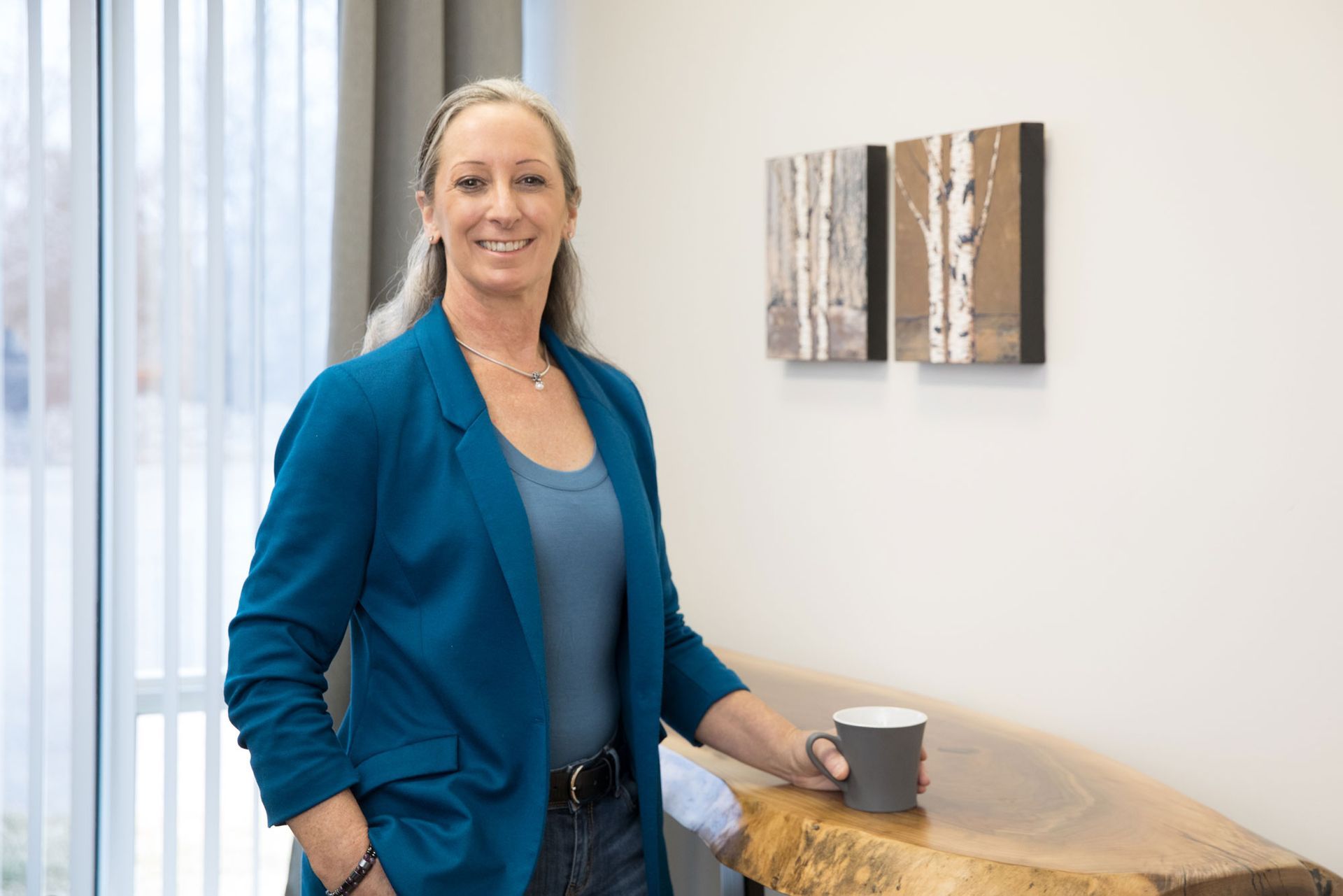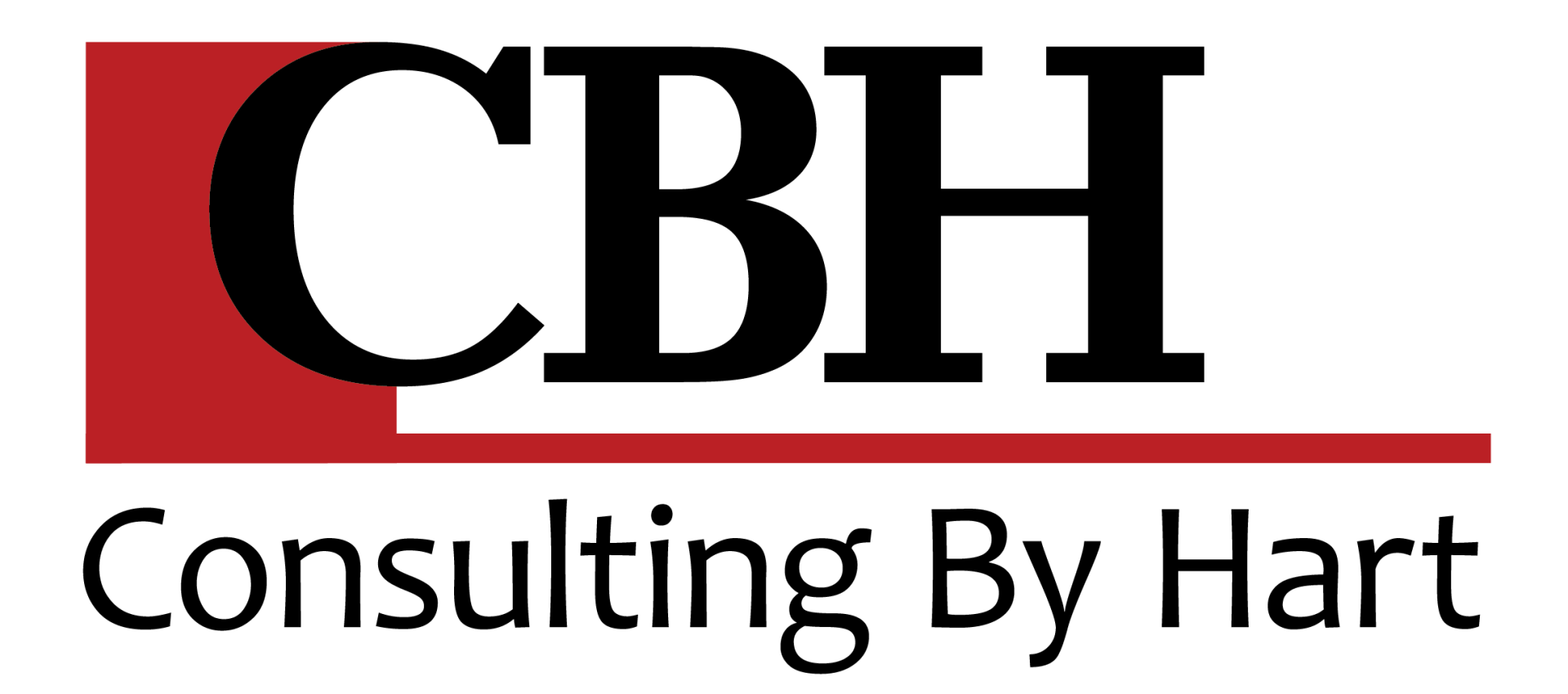The Resilient Entrepreneur
This may very well be THE title for a book in my future writing dreams.
I’ve worked with hundreds of business owners over the years, and as I mentioned here last month, I’ve created my own list of required skills for the entrepreneurs who rise to the top. Every entrepreneur needs the innate ability to always pick themselves up after an unexpected business blunder, dust themselves off and keep moving forward. The ones with resilience seem to steer their businesses well through both the thick and thin times.
A colleague of mine shared a pretty cool catch phrase with me many years ago, and it’s stuck with me ever since: Fail Forward Fast. In order to do this, to recognize, respond and recover quickly, business owners simply need to have a bit of steely resolve – steeped in resilience.
Business owners who climb through bumpy start-ups or sudden market changes are resilient. They typically know in advance that running a business will have its’ challenges, victories and unexpected events. What they don’t know, is upon which invisible skills they will depend for success when the S_ _ _ hits the fan.
In my experience most entrepreneurs have the uncanny ability to see around corners - but there’s always something to which we cast a blind eye – and then eventually end up reeling from the jolt of difficult circumstance. How effectively and how quickly you move through and recover from these challenges speaks to resilience.
Here are my Top 3 'learn-able' resilient entrepreneur skills:
1. See Around Corners: Resilient entrepreneurs anticipate and notice when things are heading in the wrong direction: Resilience requires the ability to both admit that ‘plan A’ isn’t working – and to figure out ‘plan B’ in a hurry. Admitting that you’ve made a mistake in judgement or planning requires the character trait of resilience (and a bit of humility).
2. Don’t Skip a Beat: WHAM! You just fell flat on your face. Whatever brilliant plan you developed for your business just failed miserably – and with a hefty dose of resilience in your back pocket, you will be able to regroup and make the necessary ‘real-time’ shift in thinking and activities to get results back on track. The resilient entrepreneur doesn’t skip a beat when disaster strikes. They’re already devising the solution and plan to recover.
3. Fail Forward Fast: The resilient entrepreneur is a solution creator in the face of adversity. I’ve worked with many business owners who come to me without resilience. They are mired deeply in the drama of disastrous people performance or lousy communication, are constantly managing disappointment and stay stuck there – staring at the problem rather than successfully, purposefully navigating it. They spin in circles, spiralling farther away from intentional effective action. They lose traction when the going gets tough.
Resilience is the key to moving through failed leadership or failed plans, or both. And it’s a skill that’s teachable. Ive taught many to shift their thinking and learn to be effective problem solvers in the face of adversity – so I know that you can do it if you try.
A great way to start working on improving the availability of this important skill in your Presidents’ tool box, is to step back and assess your performance. How well do you ‘measure up’ with the skills you need to be a strong entrepreneur? Stay tuned here for the balance of the year in these monthly issues – I’ll share a different unique entrepreneurial skill with you each month for you to consider taking stock of in your own business tool box. Last month we talked about ‘Engagement’. Next month…. We will talk about the skill of maintaining Focus.
Other Articles That May Interest You:





